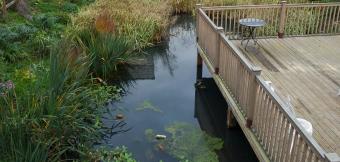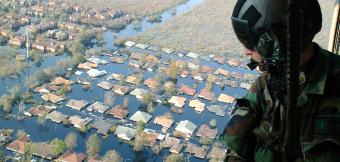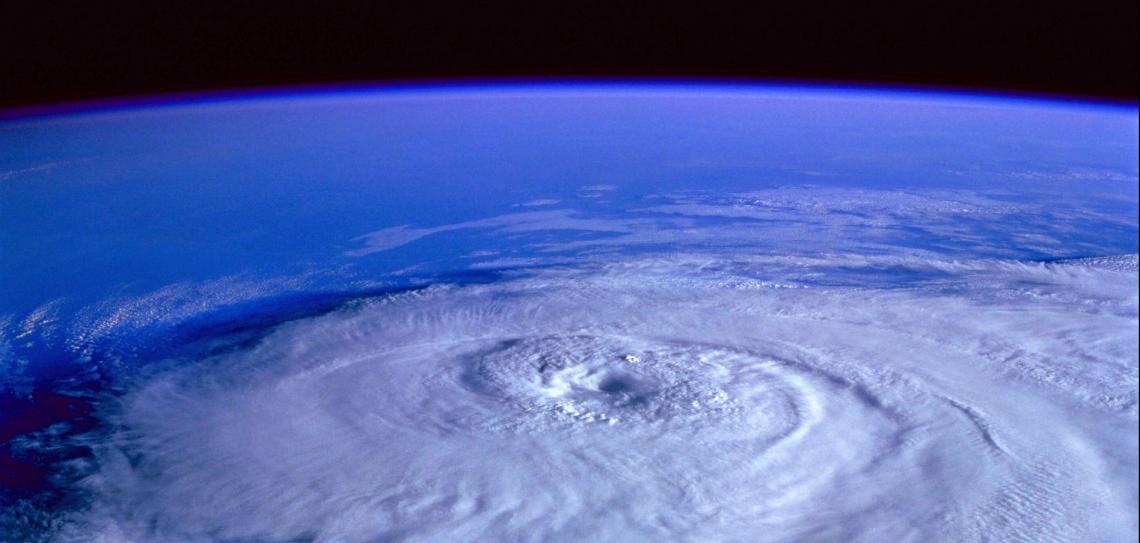
Design for high winds
Hurricanes, cyclones, typhoons and gales are excessively high winds that lift roofs, flatten trees, cut power lines and can destroy entire communities. If you're at risk, strengthen buildings, create a storm shelter, plant deep rooted trees and ensure emergency power and water.
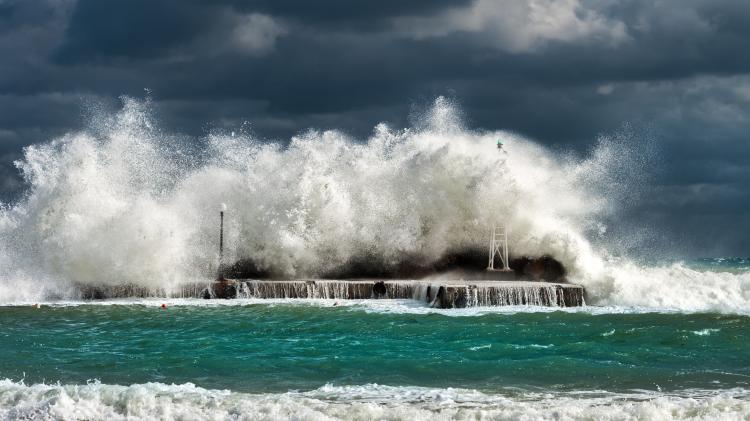
Assess your risks
Predictions suggest climate change will not cause more frequent extreme wind events, but that they will be stronger, accompanied by heavier rainfall and increased coastal flooding. Start your assessment by finding out the strongest winds previously experienced where you live and their frequency. Also, establish the direction they came from, though hurricane force winds swirl and can come from any direction.
Think about your distance from the coast (winds dissipate as they move inland), your elevation (higher usually mean windier, but hills may provide shelter from prevailing winds), and your risk from associated flooding and mud slides (see Action 50: 'Design for floods'). This table shows the kind of damage expected from different wind strengths. Source.
|
Wind speed |
Beaufort (Europe & China |
Saffir-Simpson (U.S.A.)
|
Australian cyclone scale
|
Effect
|
|
|
62-74 km/h |
8 - Gale |
Tropical storm |
Tropical disturbance |
Twigs break off trees; impedes walking and cycling. |
|
|
75–88km/h |
9 - Strong gale
|
Tropical storm
|
One
|
Slight structural damage (chimney pots and slates removed).
|
|
|
89–102 km/h |
10 - Storm
|
Tropical storm
|
One
|
A few trees uprooted; considerable external structural damage but no destruction.
|
|
|
103–117 km/h |
11- Violent storm
|
Tropical storm
|
Two
|
Widespread damage to trees and poorly constructed buildings. Power outages possible. |
|
|
119–153 km/h |
12 - Hurricane
|
Hurricane Category 1 |
Two |
Very dangerous Mobile homes toppled, some trees uprooted. Coastal flooding and pier damage. Power outages likely. Well built buildings not damaged.
|
|
|
154–177 km/h |
12- Hurricane |
Hurricane Category 2 |
Three
|
Extremely dangerous Roofs, windows, doors damaged. Many trees uprooted. Manufactured homes damaged. Extensive power outages, possible loss of tap water. |
|
|
178–208 km/h |
12 - Hurricane |
Major hurricane Category 3 |
Four
|
Devastating Structural damage to small houses. Buildings without solid foundations destroyed. Coastal flooding, possibly well inland. Near-total power and water loss. |
|
|
209–251 km/h |
12 - Hurricane |
Major hurricane Category 4 |
Five
|
Catastrophic Collapse of small homes. Most trees uprooted, isolating many areas. Extensive beach erosion. Total electrical and water losses possibly for many weeks |
|
|
≥ 252 km/h |
12 - Hurricane |
Major hurricane Category 5 |
Five
|
Catastrophic Complete roof failure on many buildings. Only concrete, brick or steel framed buildings survive. Major coastal flooding. Evacuation may be required. |
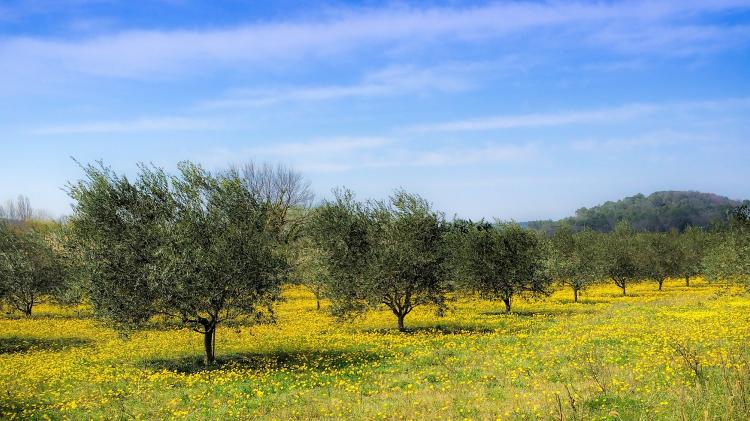
10 ways to wind-proof your home and land
Adapted from Andrew Millison, Permaculture Design Tools for Climate Resilience, which draws on the pioneering work of Ardhendu Chaterjee in India.
Whatever scale of risk you face, there are improvements you can make that will reduce the damage inflicted by extreme winds. Survival will depend on site design and preparation.
-
Reinforce roofs where they meet walls, and strengthen the roof’s connection with the ground. Reduce or eliminate projecting eaves as much as possible. Domed structures do not catch the wind like a more conventional roof with eaves.
-
Use removable structures that can be taken down and stored during storms; solar energy systems, wind turbines, greenhouses, trellising, portable fencing, and portable animal structures.
-
Create emergency stores of food, medicine, and other essentials, and make sure they are in wind proof storage.
-
Ensure you'll have water and energy, ranging from batteries and bottled water to a generator and water purification system, depending on your level of risk. Also think about your sewage systems.
-
Build a hurricane shelter; the most basic form is a strong table covered with blankets in a corner away from windows, a more sophisticated form is an adapted cellar or purpose built room. Find out where your local community hurricane shelter is and make sure you know how to get there.
-
Divide up your land into smaller field components, with hedgerows and agroforestry belts. The end result is fewer large open expanses, where forces like wind and water can concentrate.
-
Plant trees. Use belts of trees and shrubs with deep perennial roots to break up winds and keep soils stable. Site them so that uprooted mature trees won't fall on your house. Shelter belts should be placed between the house and the prevailing wind, at a distance double their mature height. Choose species strong enough to withstand hurricanes.
-
Be ready for floods. Many extreme wind events are accompanied by extreme rainfall or coastal flooding. Read 'Prepare for Floods' and take appropriate action.
-
Remember your animals and plants. Wind-proof housing for the protection of animals is essential to keeping an agricultural system intact. Extreme winds can strip foliage and fruit from trees and flatten crops so choose varieties that are less susceptible.
-
Know what to do when a storm hits. Read Action 34: 'Learn to survive an emergency' and take appropriate action.
Picture credit: 1) 12019 - Pixabay.com 2) George Desipris/Pexels 3) Pixabay.com
Assess your risks
Make well designed physical changes to your home and land
Work with your community to create or lobby for improved local defences
Donate to international disaster relief


